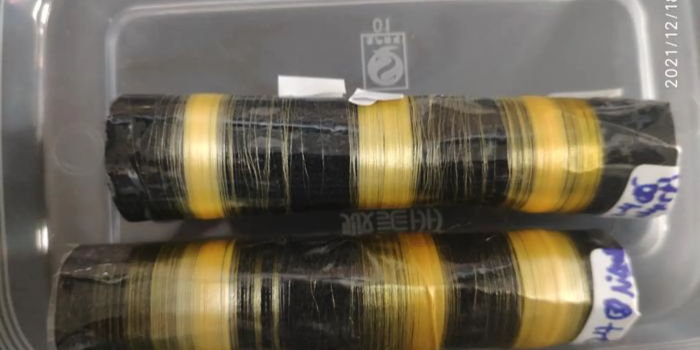Prepare for a journey into the scientific innovation that’s transforming the landscape of textiles. Spider silk, renowned for its remarkable stretchiness, strength, and durability, has long been a coveted pursuit for genetic engineers. However, the quest for harnessing it has resembled a cat chasing a laser pointer—elusive. But now, get ready to be amazed because researchers have unleashed a genetic editing storm, creating silkworms capable of weaving spider silk even tougher than the material used in bulletproof vests.
This groundbreaking achievement, unveiled in the journal Matter, transcends the boundaries of science and stands as a potential game-changer. Justin Jones, a leading expert on spider silk from Utah State University, lauds it as a “really high-performance fiber,” and he’s absolutely right. This innovation has the potential to revolutionize various fields, from fuel-efficient aviation to robust wound dressings and incredibly thin yet indestructible sutures, particularly for delicate eye surgeries.
For millennia, silkworms have been humanity’s trusted textile companions, but let’s face it, their silk is fragile, akin to a twig snapping. In contrast, spiders are skilled silk artisans, yet they prove as cooperative as a household of quarreling siblings. While silkworms reside in confined spaces, spiders are natural combatants. So, what’s the solution?

Scientists have played the role of mad scientists for years, attempting to coax silkworms into producing spider silk. But the spider silk genes are like giants, and integrating them into other animals’ genetic codes has proven more challenging than juggling flaming torches.
However, there’s a twist in this tale. Junpeng Mi and his team at Donghua University adopted a “think small” approach. They focused on a diminutive spider silk protein, MiSp, derived from an East Asian orb-weaving spider known as Araneus ventricosus. Using the CRISPR technology, they replaced the silkworms’ primary silk gene with MiSp. Here’s the intriguing part—they retained some of the silkworm’s genetic secrets in the MiSp blend to ensure compatibility with the spider protein.
The outcome? Drumroll, please! These genetically modified silkworms began producing fibers of extraordinary strength and durability, rivaling the toughest spider silk varieties and surpassing traditional Kevlar by a factor of six!
In a surprising twist, Jones noted that these MiSp-based fibers exhibited remarkable flexibility, akin to a yoga instructor. Typically, this protein generates fibers emphasizing sheer strength over elasticity. Yet, in the world of silkworms, the introduction of MiSp led to a harmonious dance of characteristics.

Before we rush to order spider silk hoodies, Mi and his team have further plans. They intend to crossbreed these genetically modified silkworms with commercial silk strains to produce this miraculous material on a large scale. An added advantage is that these fibers are environmentally friendly, potentially finding their first application in the realm of surgical sutures.
However, there’s a caveat in this silky plan. Protecting intellectual property rights could prove as challenging as teaching a cat to fetch. And the question remains whether these introduced genes will persist as these industrious silkworms continue to breed. Only time will provide the answers.
Mi’s work is far from finished. He envisions engineering silkworms to produce even mightier and more elastic spider silk. His ambition includes crafting silk proteins with non-natural amino acids, potentially unlocking a Pandora’s box of new possibilities.
The future of fabric just took an exhilarating turn, promising textiles that are not only tougher than Kevlar but also stronger. Fasten your seatbelts; it’s going to be an intriguing ride!
Source: Donghua University via EurekAlert


